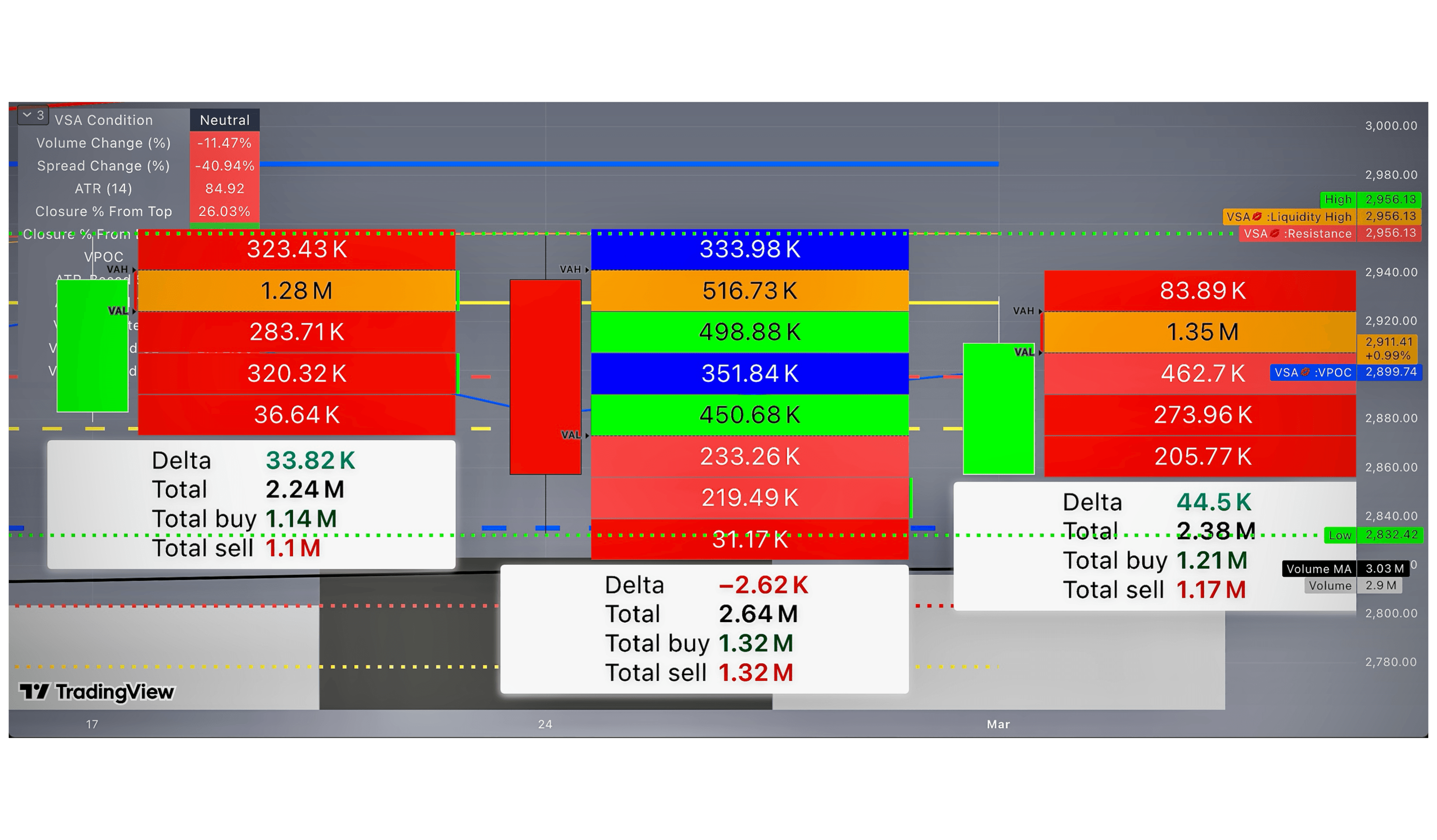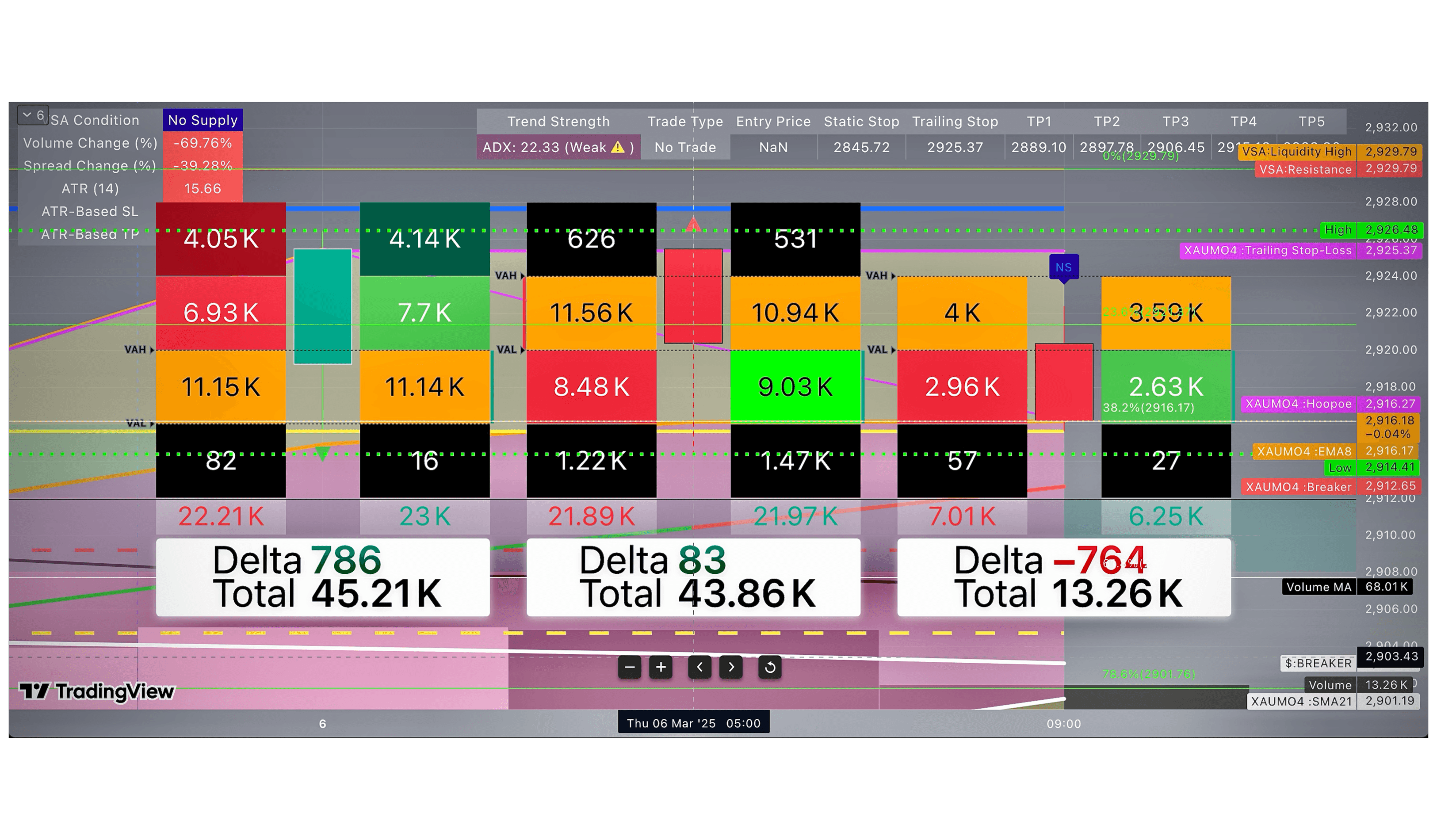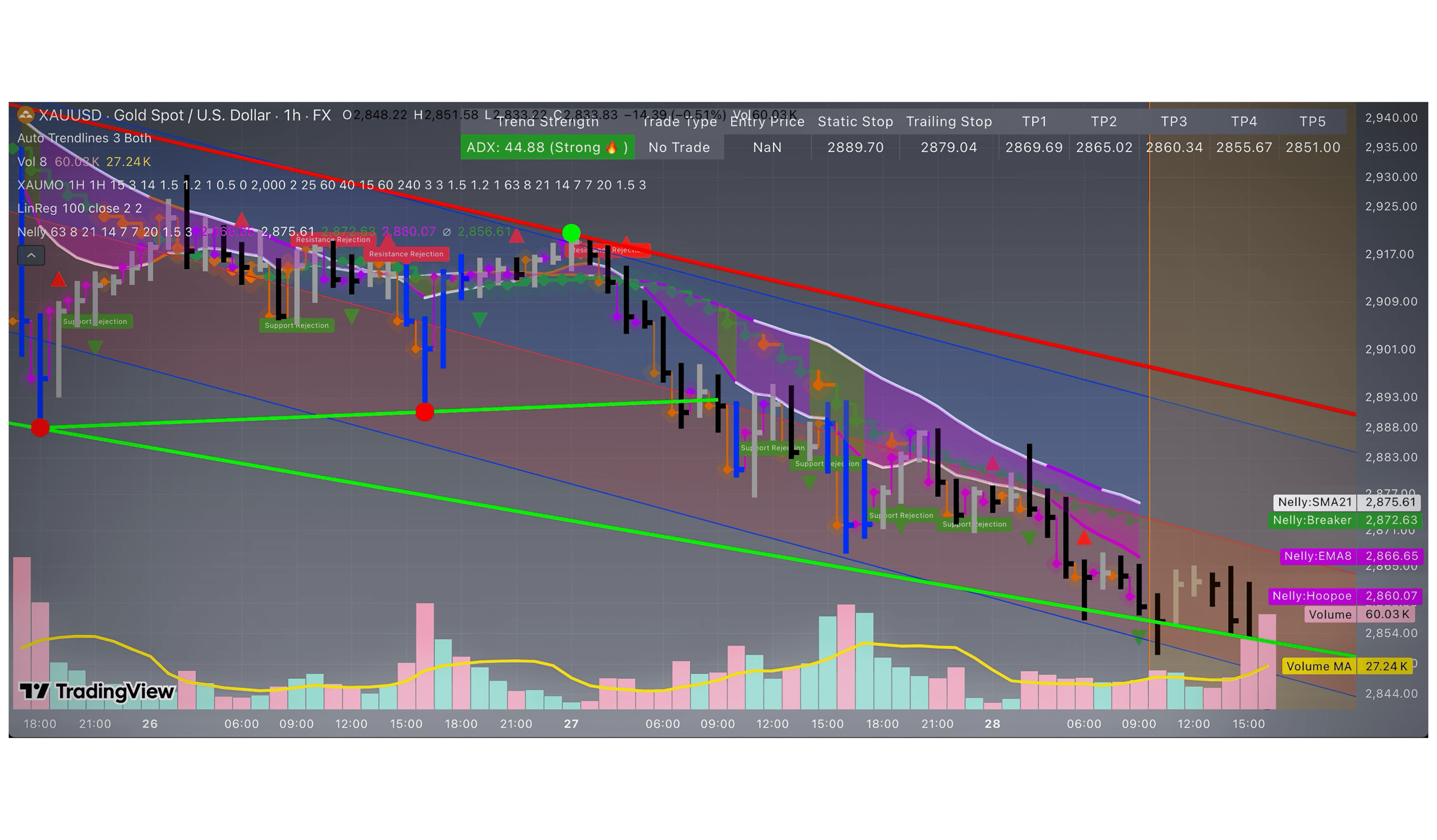- Chart
- Summary
- Analysis
- News
- Overview
Straight To The Top.
Copyright © 2025 Mckvay. All rights reserved.
Terms And Conditions
As of April 17, 2025, gold prices experienced notable volatility, climbing to a new all-time high before retreating due to profit-taking and market shifts.
| Gold Weekly Summary – April 17, 2025 | |
|---|---|
| Overview: | As of April 17, 2025, gold prices experienced notable volatility, climbing to a new all-time high before retreating due to profit-taking and market shifts. |
| Weekly Performance: |
|
| Key Drivers: |
|
| Market Outlook: |
|
| Conclusion: | Gold’s trajectory this week highlights the ongoing influence of geopolitical shifts, monetary policy, and investor psychology. While short-term fluctuations are natural, long-term fundamentals remain strong. |
Disclaimer
The information and recommendations provided on this platform are for educational and informational purposes only and should not be considered as personalized investment advice or a solicitation to buy or sell any financial instruments.
1. No Guarantee of Profit:
Trading in financial markets involves substantial risk, and there is no guarantee of profit or protection against losses. Past performance is not indicative of future results.
2. Independent Decision-Making:
All investment decisions are your sole responsibility. You are encouraged to perform your own research and consult with a qualified financial advisor before making any trading decisions.
3. Market Risks:
Financial markets are subject to volatility, economic conditions, and unforeseen factors that may impact your investments.
4. No Liability:
Mckvay Consulting will not be held liable for any losses or damages resulting from reliance on the information provided. Use the recommendations at your own risk.
5. Educational Purpose Only:
The recommendations are intended to provide insight into market trends and strategies, not to serve as actionable investment directives.
By using this platform, you acknowledge that you have read and understood this disclaimer and accept the associated risks of trading. Always trade responsibly and within your financial means.
Sources
- Bloomberg Terminal
- Reuters
- Investopedia
- Mckvay
- MarketWatch
- DailyForex
- MacroTrends
- Trading Economics
- Acuity Knowledge Partners
- Longforecast.com
- Cboe Global Markets
- TradingView
- Central Bank Websites
- World Gold Council
- Refinitiv Eikon
Straight To The Top.
Copyright © 2025 Mckvay. All rights reserved.
Terms And Conditions
In-Depth Analysis
Straight To The Top.
Copyright © 2025 Mckvay. All rights reserved.
Terms And Conditions
- Gold’s Third Major Bull Market Echoes Historic 1970s Rallyby Ed Yardeni on April 18, 2025 at 12:32
- US Natural Gas Faces Cold Shoulder in China as Buyers Shift to Middle Eastby OilPrice.com on April 18, 2025 at 10:59
- Oil Prices Hit Hard by Saudi Arabia’s Next Move—What It Means for Energy Marketsby OilPrice.com on April 18, 2025 at 07:11
- Oil Prices Notch Weekly Gain After New Round of US Sanctionsby OilPrice.com on April 18, 2025 at 05:28
- Gold Miners Rally Hard, But GDX Needs 30% More to Hit 2011 Highsby Adam Hamilton on April 17, 2025 at 17:23
- Gold Outshines Treasuries and US Dollar in a Week That Shook Safe-Haven Logicby Stefan Gleason on April 17, 2025 at 12:45
- Oil Prices Are Recovering, but Can Exporters Outlast the Tariff Circus?by OilPrice.com on April 17, 2025 at 10:39
- Trump’s Tariffs Just Torched His Own Energy Agendaby OilPrice.com on April 17, 2025 at 10:36
- Gold: What Global Asset Allocation Says About Yellow Metal’s Futureby Jordan Roy-Byrne, CMT on April 17, 2025 at 08:15
- Gold Is Finally Correctingon April 17, 2025 at 08:00
Source: Michael Ballanger 04/17/2025Michael Ballanger of GGM Advisory Inc. shares his view on current movements in the market, specifically looking at gold.The USD dollar index […]
- A Bull Era for Gold Stockson April 17, 2025 at 08:00
Source: Stewart Thomson 04/17/2025Newsletter writer Stewart Thomson addresses the questions: Did April 10, 2025 mark the start of a bull era for gold stocks, but are they due […]
- Co. Identifies New Targets for Exploration at Gold Propertyon April 17, 2025 at 08:00
Source: Streetwise Reports 04/17/2025West Red Lake Gold Mines Ltd. (WRLG:TSX.V; WRLGF:OTCQB; FRA:UJO) reports the outcomes of field work done last year at one of its assets in […]
- Is It Too Late to Buy Gold in 2025? 7 Signs Pointing to Gold’s Next Major Rallyon April 17, 2025 at 07:00
Is it too late to buy gold in 2025? According to experts in gold, we are witnessing what might be the early sighs of a bull market.
- Fundamental Drivers for Gold and Silver in the 2020s and 2030sby Jordan Roy-Byrne, CMT on April 17, 2025 at 05:18
- Copper Explorer Hits Key Depth in Nevadaon April 16, 2025 at 08:00
Source: Streetwise Reports 04/16/2025Giant Mining Corp. (CSE: BFG; OTC:BFGFF; FWB:YW5) reached over 1,000 feet in its Nevada drill program, advancing Majuba Hill toward a new […]
Straight To The Top.
Copyright © 2025 Mckvay. All rights reserved.
Terms And Conditions
MORE INFORMATION
Straight To The Top.
Copyright © 2025 Mckvay. All rights reserved.
Terms And Conditions








